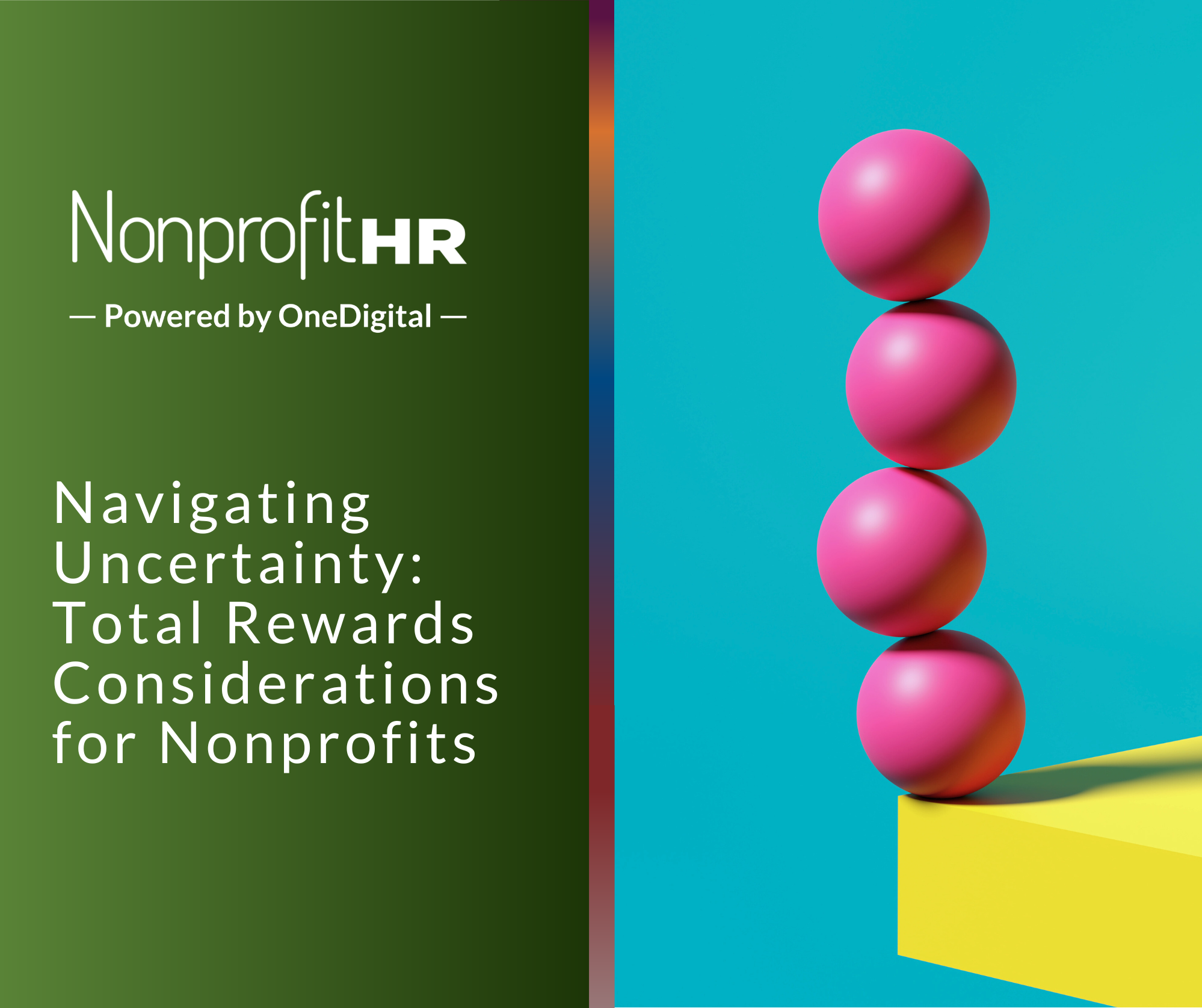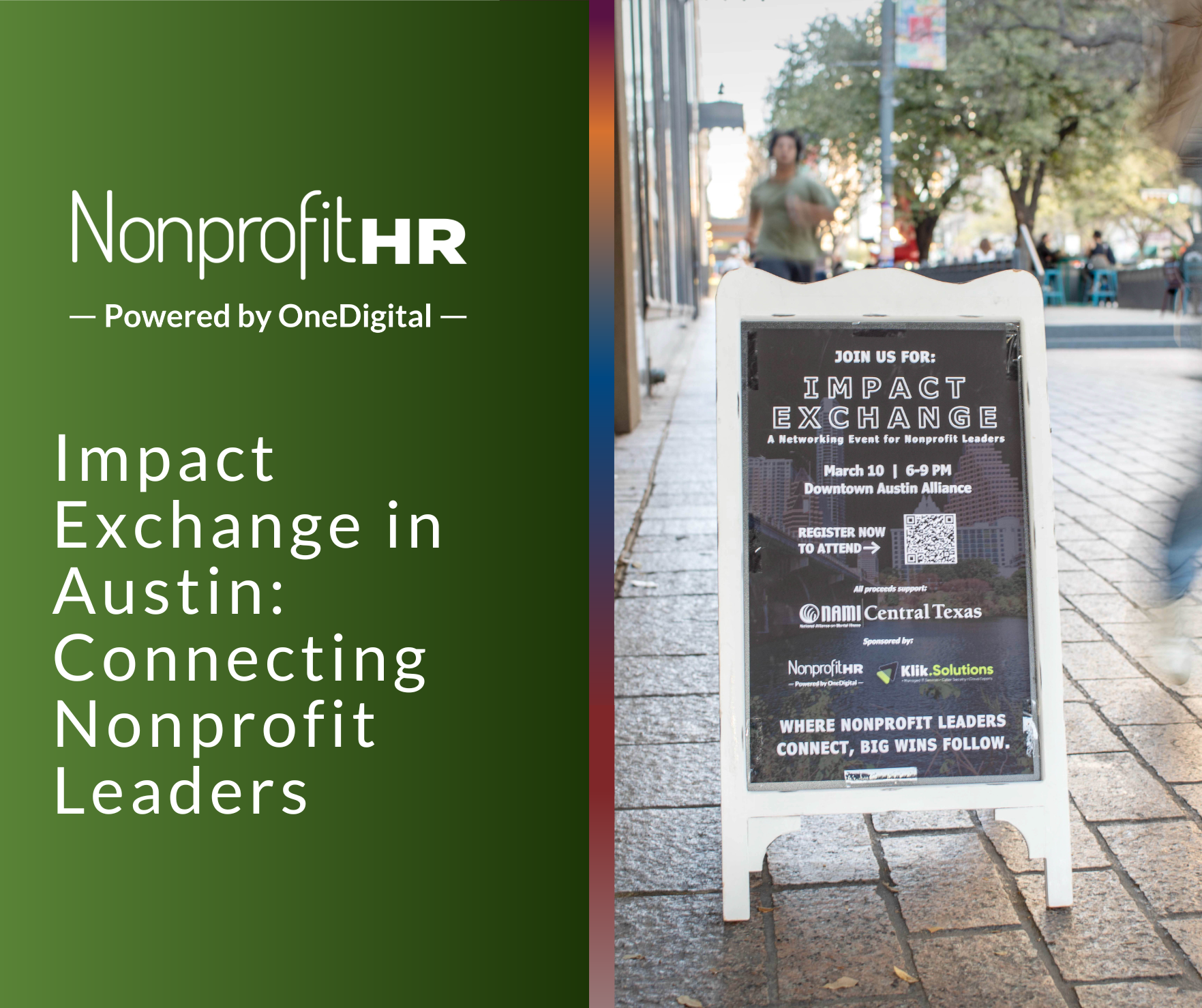WTOP: 5 ways nonprofits can…

The two traits essential to any leader I’ve learned are empathy and transparent communication. Empathy shows up in a meeting when you are at your most authentic self and allow yourself to feel what is being shared. Empathy also shows up when a staff member is having a rough time coping with a challenge or having a tough day in general; you can see it in their demeanor or how they respond or do not respond. Demonstrating empathy can make or break that employee’s day and experience with your organization, and as leaders, we should be able to reflect on how well we are doing in this area.
Here is what else I have learned. Empathy is not a feeling; it’s an expression you demonstrate by being vulnerable and actively listening. One benefit and outcome is that you build more substantive and meaningful connections with your people. At the end of the day, it’s about assuring your employees that you see them and want to understand their experience better. It’s also about sharing tools and resources in support of that experience. Ultimately, when employees know that they have support, they immediately feel a greater sense of belonging and can clearly communicate with you about their work, returning to their level of productivity much faster, feeling seen and heard in the process.
Sometimes, we have to be empathetic while communicating challenging news. Transparent communication is a value that all great leaders possess, and I predict it will become more critical in the new year. However, let’s be clear that transparency does not mean you need to share every detail. Instead, it means that you owe it to staff to explain what, when and how the organization’s business will shift and impact them. Give them authentic reassurance and expect feedback, knowing that not everyone will be on board with the change. If you anticipate rolling out organization-wide changes in 2023, let your staff know change is coming so that they can prepare themselves for future discussions.
If you need help structuring employee communication about change, talk to us! We’d love to help. At Nonprofit HR, we champion resilience. We see it daily in our clients and staff. In a time when stability is mandatory, we firmly believe that the leadership needs to be thoughtful and intentional about culture.
Here are some communication vehicles our leadership team used to introduce and explain change:
- We held 30-minute virtual all-staff meetings called Culture Connects. We shared firm business objectives, listened to feedback, responded to questions and explained a path forward. We extended meetings by 30 minutes when we felt additional time for Q&A sessions was necessary.
- For the first time in our history, and considering our growing and nationally dispersed staff, we hosted in-person regional staff meetings. We rolled out communication about change and created space for in-person dialogue.
- We increased communication about change through our weekly employee newsletter, Friday Fast Five, offering any updates that staff needed to know and reiterating any information shared during Culture Connect, email and team meetings.
- We increased of our frequency of our employee pulse surveys, which now poses one question every two weeks, to ensure we were gathering employee sentiments along the way and as milestones for our change initiatives approached.
- We doubled down on our commitment to maintaining an open-feedback culture. This means that people are encouraged to offer feedback regarding their employee experience. Our leaders maintain an “open virtual door” practice, and we consistently encourage staff to take advantage of it.
- We provided information sessions and resources for leaders to ensure they felt prepared for any conversations and that everyone understood the change process, the why and the benefits that extend to our clients, the broader community of sector leaders and our staff.
- We emphasized our values and commitment to keeping people informed in all communication.
In 2023, building a resilient culture will be critical, and it starts by preparing your staff now. Regarding your organization’s culture, I encourage you to demonstrate empathy and communicate transparently. In closing, I leave you with wise words from this signature piece written by our CEO and my business partner, Lisa Brown Alexander:
As a leader, empathy is one of my core competencies. You can bet that empathy will continue to be a necessary leadership skill and imperative in 2023.
Forward!
Patty
Contributing Author
Patricia “Patty” Hampton, CSP is a passionate and committed talent management champion. Nationally-recognized as a beacon of light for social sector people management, and since 2001, she has served in a dual leadership capacity as Managing Partner and Chief Social Impact Officer. Among her many accomplishments with the firm, Patty helped build its infrastructure, culture and workforce. Read full bio.
































